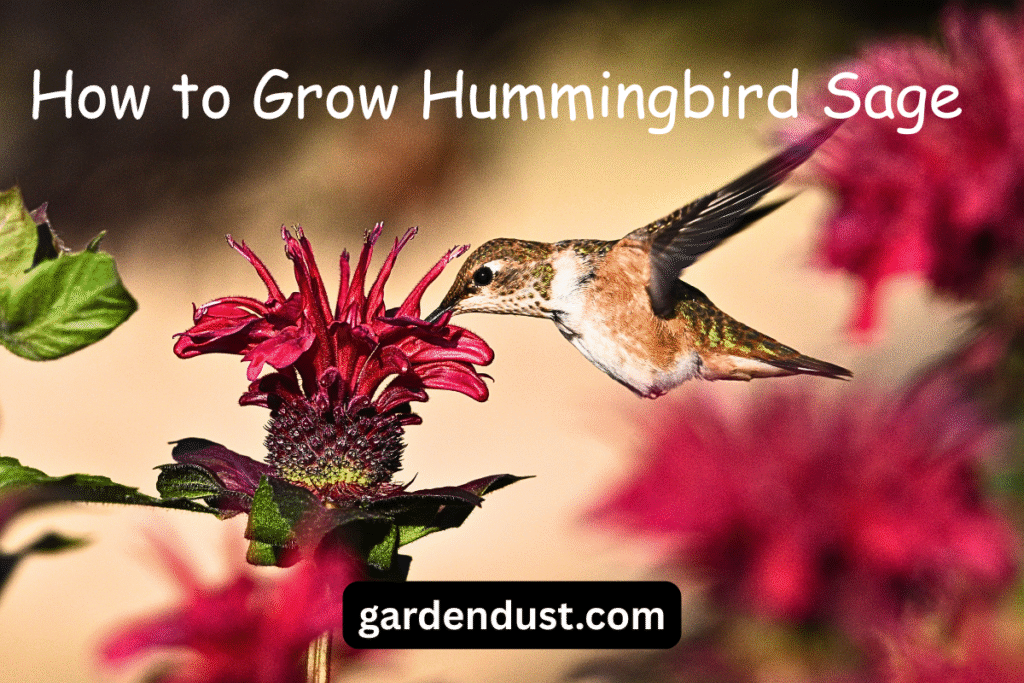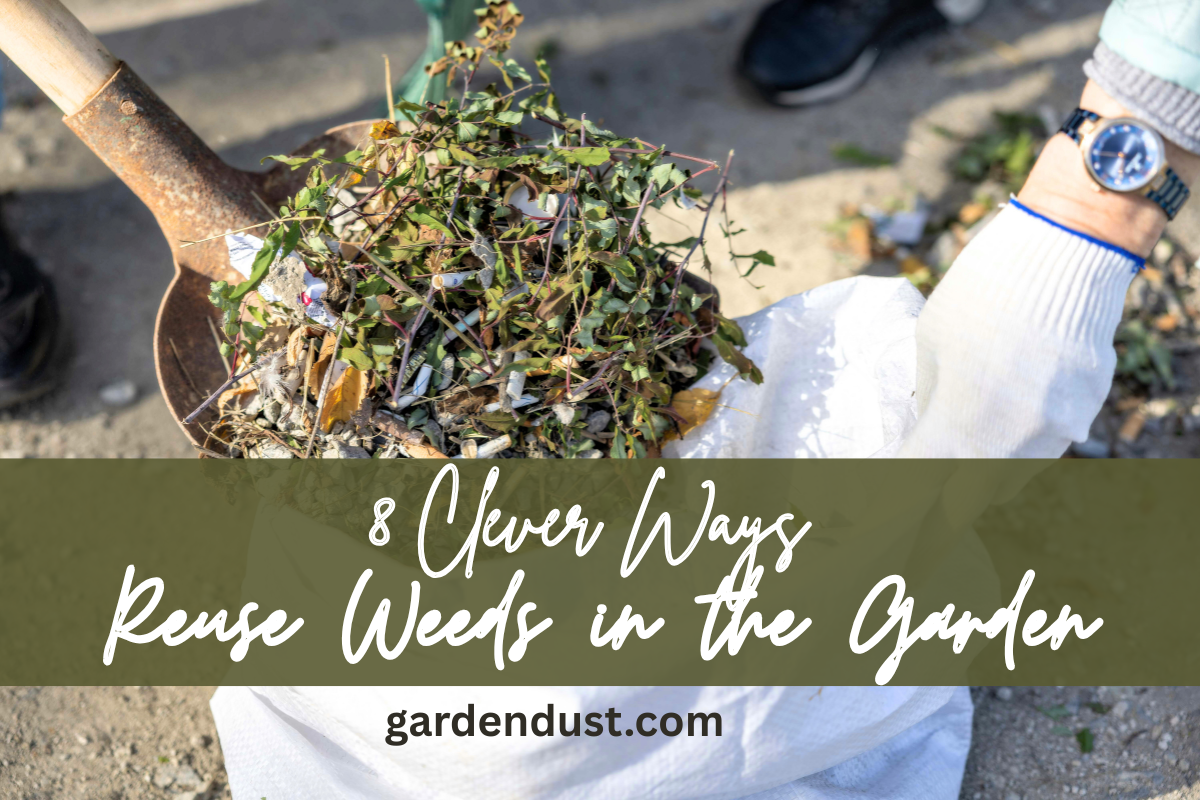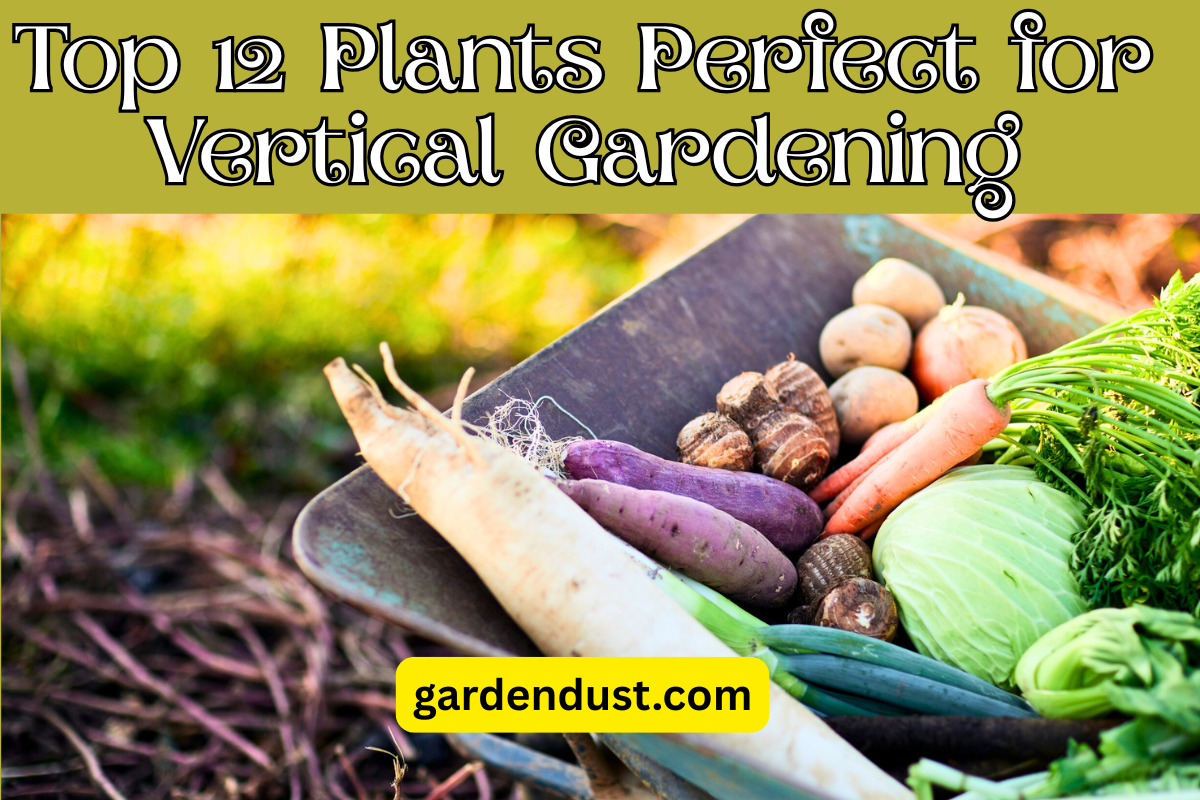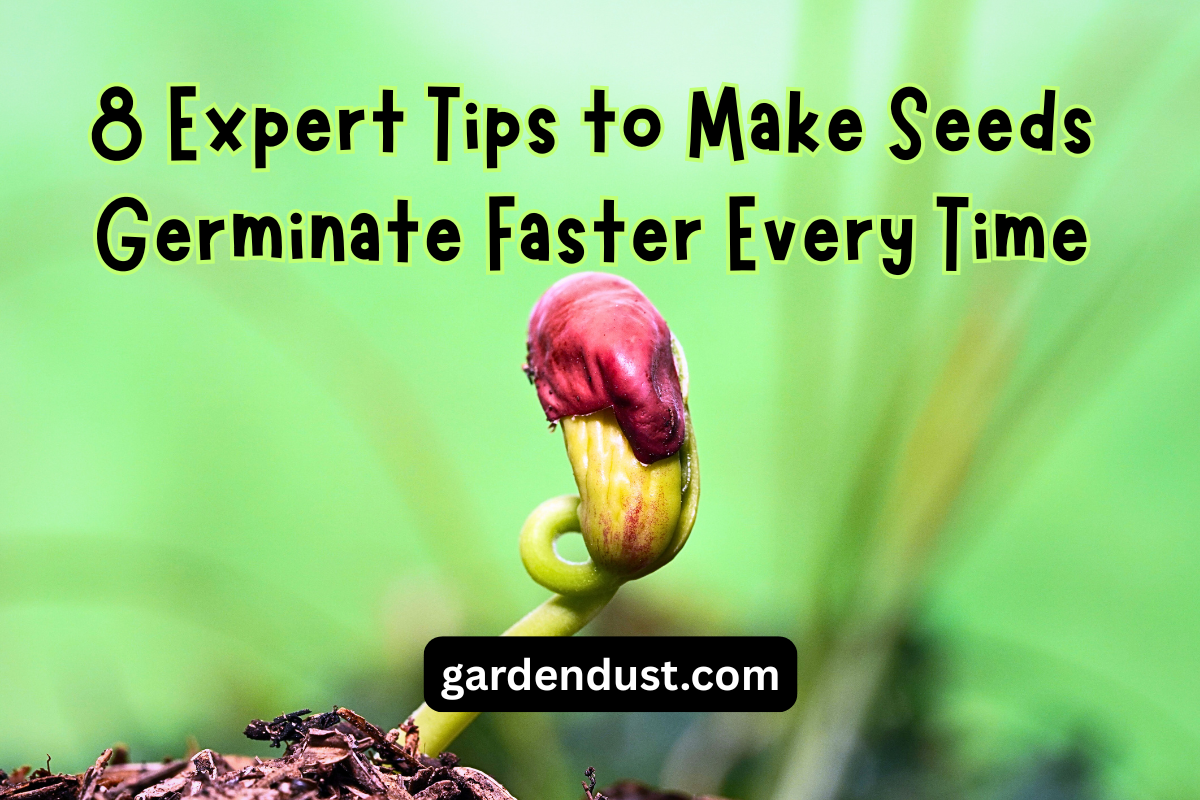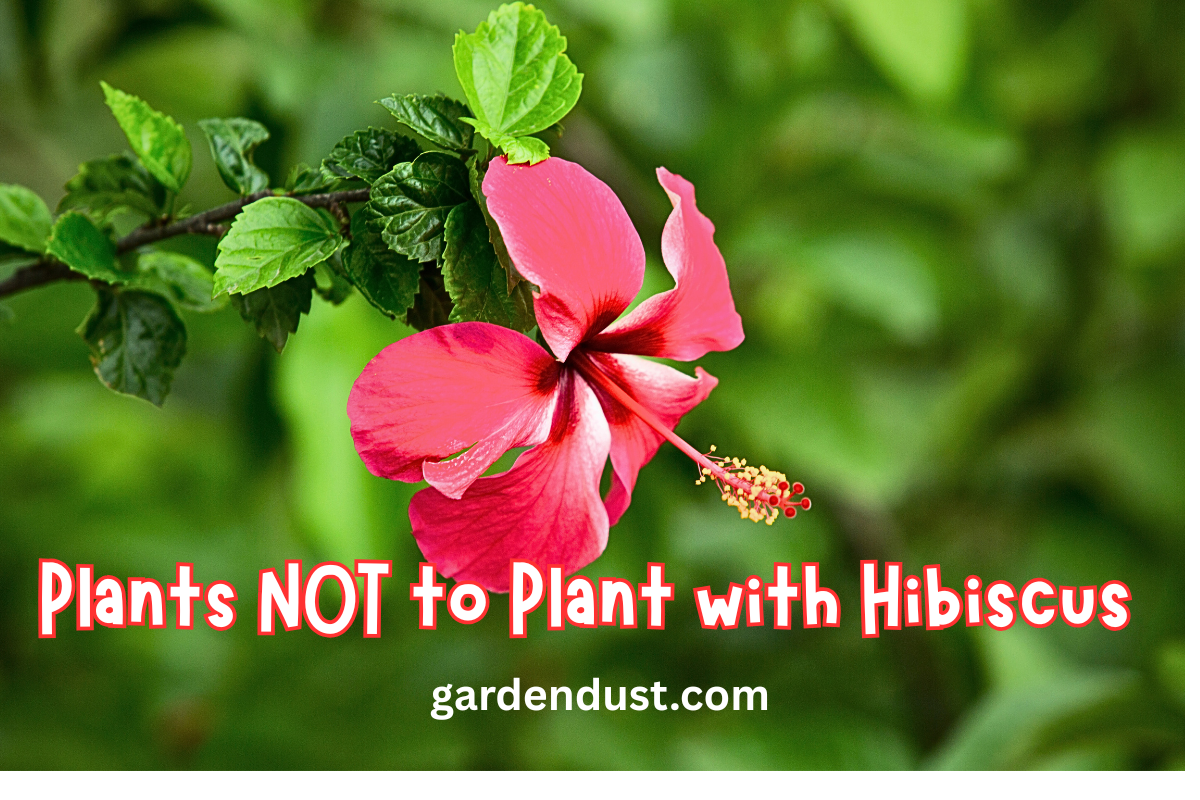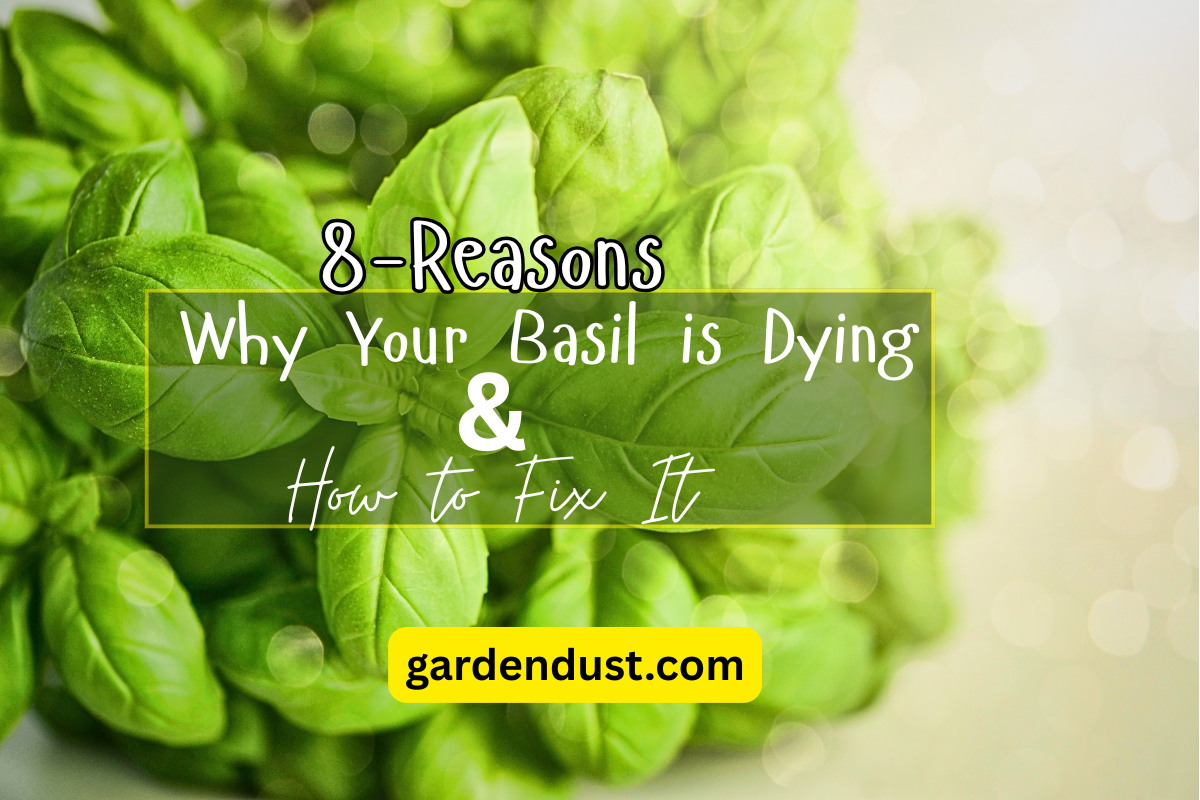How to Grow Hummingbird Sage
A Complete Guide to Planting, Care, and Propagation
Salvia spathacea
Meet Hummingbird Sage
Hummingbird Sage (Salvia spathacea) is a beautiful, aromatic California native perennial that creates a stunning display of magenta-red flower spikes in spring. This low-growing plant spreads by underground rhizomes, forming lush patches of velvety, fragrant foliage.
:max_bytes(150000):strip_icc()/spruce-hummingbirdsage-HalBeral-b1ded660aa0247a6b9f9b2de8d438266.jpg)
Vibrant magenta-red flower spikes attract hummingbirds and pollinators
Quick Facts
Size
- Height: 12-18 inches (flowering stalks to 3 feet)
- Spread: Can form colonies several feet wide
- Growth Habit: Low, spreading groundcover
Season
- Bloom Time: Spring (March-May)
- May go dormant in summer heat
- Winter dormant in colder regions
- Perennial in USDA zones 8-10
Characteristics
- Aromatic foliage (fruity fragrance)
- Large, velvety green leaves
- Whorled magenta-red flowers
- Spreads via underground rhizomes
Planting Guide
Ideal Growing Conditions
Light Requirements
Thrives in shade to part shade conditions. Perfect under trees or large shrubs where it naturally grows in the wild. Can tolerate some morning sun but prefers protection from harsh afternoon rays.
Soil Preferences
Prefers loamy or sandy well-drained soil. Not fussy about pH—grows in acidic, neutral, or alkaline conditions. Adding organic matter improves growth but isn’t necessary.
Water Needs
Drought tolerant once established. For best appearance, provide occasional water (once or twice a month) during dry periods. Avoid overwatering, which can lead to root rot.
When & How to Plant
Best Planting Time
Fall or early spring is ideal for planting, allowing roots to establish before summer heat or winter cold.
Spacing
Space plants 12-18 inches apart. Remember they will spread via rhizomes to form colonies over time.
Planting Depth
Plant at the same depth as the nursery container. When planting seeds, sow on the surface or cover very lightly.
Companion Plants
Pairs well with native grasses, heuchera maxima, monkeyflowers, and other plants that enjoy similar growing conditions.
Care & Maintenance
Watering Schedule
Year 1: Water deeply every 7-10 days to establish roots.
Established Plants: Water once or twice a month during dry periods.
Winter: Reduce or eliminate watering during rainy season.
Allow soil to dry out between waterings. The plant should be significantly dry at least 4″ below the soil surface before watering again.
Seasonal Maintenance
Spring: Remove any winter-damaged foliage.
Summer: Deadhead spent flower stalks to encourage tidiness.
Fall: Trim back sprawling growth if desired.
Winter: Leave foliage intact for protection.
Hummingbird sage requires very little care other than occasional pruning to maintain its shape.
Fertilization
As a California native plant adapted to lean soils, hummingbird sage requires minimal fertilization:
- Avoid high-nitrogen fertilizers that promote leggy growth
- If desired, apply a light application of balanced organic fertilizer in early spring
- Compost as a soil amendment when planting is usually sufficient
Over-fertilizing can lead to excessive foliage growth at the expense of flowering.
Special Considerations
- Consider planting with winter-green companions as hummingbird sage may go dormant in winter
- Plant in areas where its spreading habit won’t cause problems
- Excellent choice for naturalized gardens, under trees, or as a groundcover
- Foliage releases a pleasant fruity fragrance when brushed or crushed
Propagation Methods
Propagation by Seeds
- Collection: Collect seeds from spent flower stalks after they’ve dried on the plant.
- Timing: Sow seeds directly outdoors in early fall, mimicking their natural cycle.
- Method: Surface sow or cover very lightly with soil; seeds need light to germinate.
- Germination: No special treatment required. Germination may take 10-15 days at soil temperatures of 65-75°F.
- Care: Keep soil consistently moist but not soggy until germination occurs.
Diurnal temperature fluctuation (warmer days, cooler nights) improves germination rates.
Division of Rhizomes
- Timing: Early fall or spring when the plant is not in active bloom.
- Preparation: Water the plant thoroughly the day before division to reduce stress.
- Method: Dig up a section of the plant, preserving as many roots as possible. Cut rhizomes into sections, ensuring each has some roots and foliage.
- Replanting: Plant divisions at the same depth as they were growing before. Space 12-18″ apart.
- Aftercare: Water well after planting and maintain consistent moisture for the first few weeks.
Division is the quickest and most reliable method of propagation, and hummingbird sage is known to be very easy to transplant.
Propagation Tips
- Division is faster than growing from seed
- Plants grown from division will flower sooner
- Provide extra water to newly divided plants
- If growing from seed, be patient—flowering may not occur until second year
- Container-grown plants can be transplanted into the garden at any time, though fall is preferable
Troubleshooting Common Problems
Pest Management
Aphids
Small insects that cluster on new growth and flower stalks.
Solution: Spray with strong water stream or apply insecticidal soap. Encourage beneficial insects like ladybugs.
Spider Mites
Tiny pests causing stippled, yellowing leaves; may create fine webbing.
Solution: Increase humidity, spray with water, or apply insecticidal soap. Maintain good air circulation.
Whiteflies
Small white insects that flutter when foliage is disturbed.
Solution: Yellow sticky traps, insecticidal soap, or neem oil. Remove heavily infested leaves.
Disease & Growth Issues
Powdery Mildew
White powdery coating on leaves, especially in humid conditions or with poor air circulation.
Solution: Improve air circulation, water in the morning, avoid overhead watering. Apply fungicide if severe.
Yellowing Leaves
Can indicate overwatering, poor drainage, or nutrient deficiency.
Solution: Check soil moisture, improve drainage, reduce watering frequency. Ensure plant receives proper light.
Leggy Growth
Stretched, sparse growth often caused by insufficient light or over-fertilization.
Solution: Provide more light if possible, prune to encourage bushier growth, reduce nitrogen fertilizer.
Prevention Is Key
- Plant in appropriate light conditions (part shade)
- Ensure good air circulation around plants
- Avoid overhead watering, especially in late day
- Remove plant debris regularly to prevent disease
- Monitor plants regularly for early signs of problems
Benefits & Uses
Wildlife Value
Hummingbirds
The tubular flowers are perfectly shaped for hummingbirds, providing essential nectar when many other plants aren’t blooming.
Bees & Butterflies
Attracts native bees, honeybees, and various butterfly species as an important food source.
Beneficial Insects
Provides habitat for predatory insects that help control garden pests naturally.
Garden Uses
Groundcover
Excellent for covering bare areas under trees or large shrubs where other plants struggle.
Woodland Gardens
Creates a natural look in shade gardens, perfect for natural and native plant landscapes.
Erosion Control
Spreading roots help stabilize soil on slopes and banks.
Human Uses
Aromatic
Leaves release a pleasant fruity fragrance when brushed against or crushed.
Traditional Uses
California Native Americans used leaves medicinally for colds and sore throats.
Herbal Tea
Leaves can be dried and used to make a pleasant herbal tea (research proper preparation).
Final Tips for Success
Keys to Success with Hummingbird Sage
- Plant in part shade, especially with protection from hot afternoon sun
- Allow soil to dry between waterings; avoid overwatering
- Give it room to spread via rhizomes for natural colonization
- Deadhead spent flowers to maintain neat appearance
- Pair with winter-green plants to maintain year-round interest
- Consider placement near windows or seating areas to enjoy hummingbird visits
Hummingbird Sage is a rewarding addition to any garden, offering beautiful blooms, wonderful fragrance, and invaluable ecological benefits. With minimal care requirements and maximum wildlife value, it’s a perfect choice for gardeners looking to create a sustainable, nature-friendly landscape.
By following this guide, you’ll be able to successfully grow, propagate, and enjoy this remarkable California native plant for years to come. Happy Gardening….


